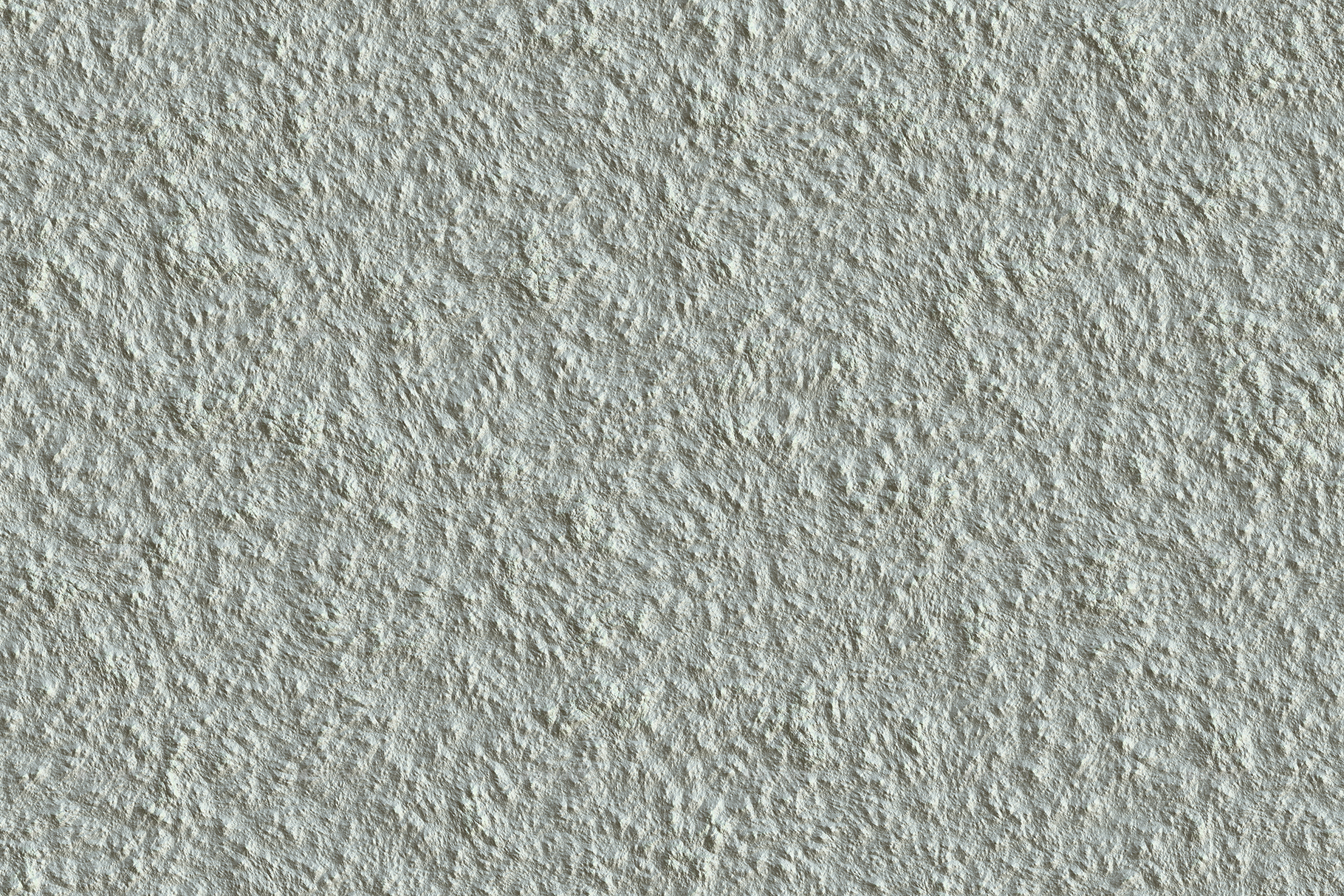

And some people still feel texture adds character: The bumps reflect light and create shadows, making ordinary walls less “boring.” Above: In the Atelier St. It’s also a more durable surface than a smooth wall, and less affected by minor wear and tear. That’s why you often see textured walls in rental or commercial buildings. “Maybe people actually liked it back in the seventies, but the reason it’s done now is to save money. Textured interior walls (think: “orange peel,” popcorn, or swirled patterns) have a practical function, since the texture hides the signs of drywall installation-that is, the taped seams where the sheets of drywall meet-and other imperfections. See more in A Parisian’s Pied-a-Terre in Sofia, Bulgaria. Above: Charmingly textured walls in Paris-based designer Clarisse Demory’s flat in Sofia, Bulgaria. (She has helped us with other pressing questions in the past see her take on 5 Things Your Contractor Wishes You Knew (But Is Too Polite to Tell You).) Read on. If you love your new place but don’t love the textured walls, what’s the solution? To get some options, we talked with Joan Barton, owner of Los Angeles’s Dirty Girl Construction. (Read: Trend Alert: The Excavated Look, 15 Ways.) Not so much the other sort of textured walls: the “orange peel,” popcorn, or faux-stucco walls that might plague your house or rental. Textured, even excavated interior walls-the sort with charmingly exposed plaster or peeled-back wallpaper-are trending. Icon - Check Mark A check mark for checkbox buttons. Icon - Twitter Twitters brand mark for use in social sharing icons. Icon - Pinterest Pinterests brand mark for use in social sharing icons. flipboard Icon - Instagram Instagrams brand mark for use in social sharing icons.

Icon - Facebook Facebooks brand mark for use in social sharing icons. Icon - Email Used to indicate an emai action. Icon - Search Used to indicate a search action. Icon - Zoom In Used to indicate a zoom in action on a map. Icon - Zoom Out Used to indicate a zoom out action on a map. Icon - Location Pin Used to showcase a location on a map. Icon - Dropdown Arrow Used to indicate a dropdown. Icon - Close Used to indicate a close action. Icon - Down Chevron Used to indicate a dropdown. Icon - Message The icon we use to represent an email action. Icon - External Link An icon we use to indicate a button link is external. Icon - Arrow Right An icon we use to indicate a leftwards action.
#Plaster texture how to
I’d be inclined to mix in some flour to get a more matte raised texture look like I did with these earthenware look vases.What Are Textured Walls? And, How to Get Rid of Them: A Remodeling 101 Guide Icon - Arrow Left An icon we use to indicate a rightwards action. This Old House has a technique for mimicking the look of rough plaster by using paint and cardboard. Tanya Vacarda – weathered texture on canvas with plaster.

You can choose a wall mural to mimic the look, or actually alter the surface of the wall, it’s up to you. Below are a few different looks to inspire, perhaps one of your spaces is calling out for a rough textured wall like these. There isn’t much need to cover it with anything more than light fixtures, small shelves, or petite paintings. With this treatment, the wall itself becomes the art. It’s really about creating a mood: urban loft, café chic, or old world ambiance. Anything that mimics the imperfection of plaster walls that have aged over time, whether real or faux, can look good in the proper space. I think we’ve created enough distance from that era and can again declare rough textured interior walls are actually very cool, when done right. Many of us are old enough to recall the faux Tuscan wall craze from the 1990s. For a a more detailed explanation on the differences, see this article at Remodelista. There are different types of plaster one can work with: clay, lime, and gypsum. I love layered plaster walls because they feel like you’re stepping into the vestibule of an art gallery, or ducking into a neighborhood cafe in Europe. They can be left in their raw state or painted to feature subtle differences in hue. Troweled plaster finishes and rough wall textures are making a comeback.


 0 kommentar(er)
0 kommentar(er)
